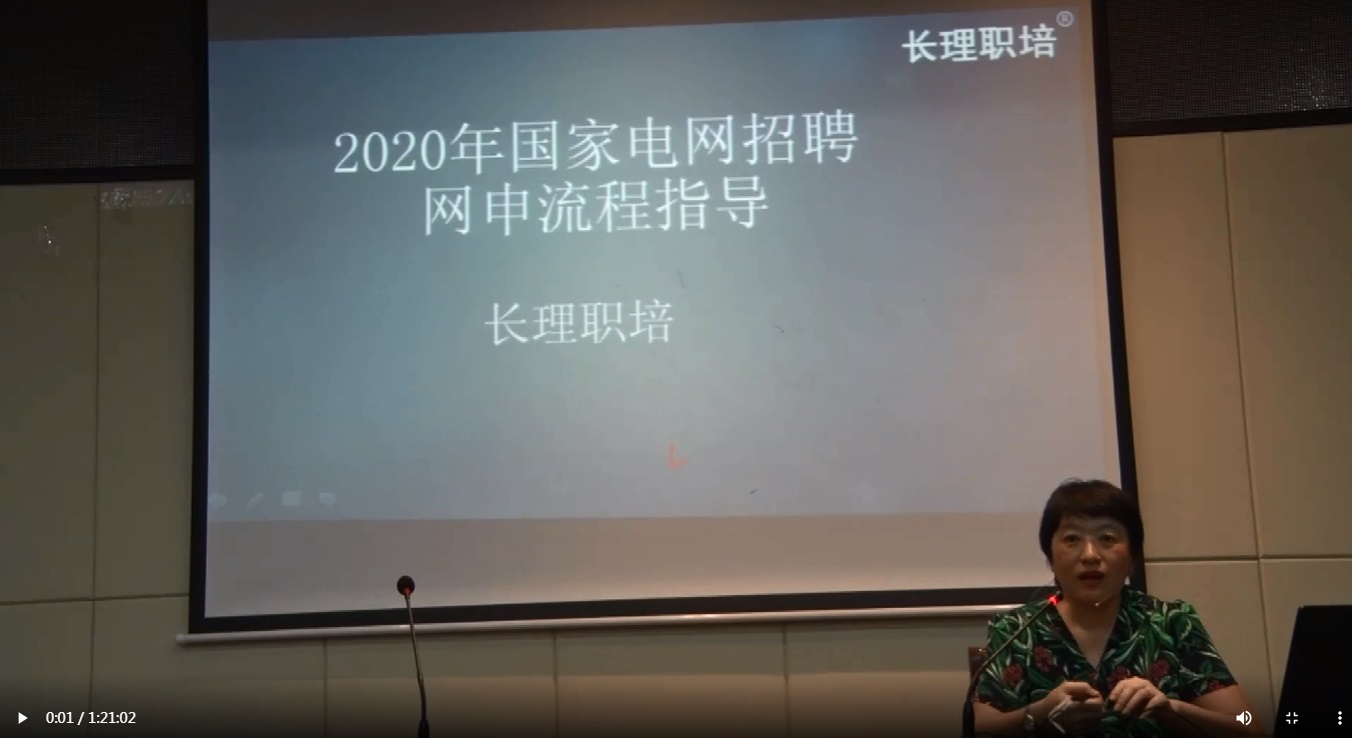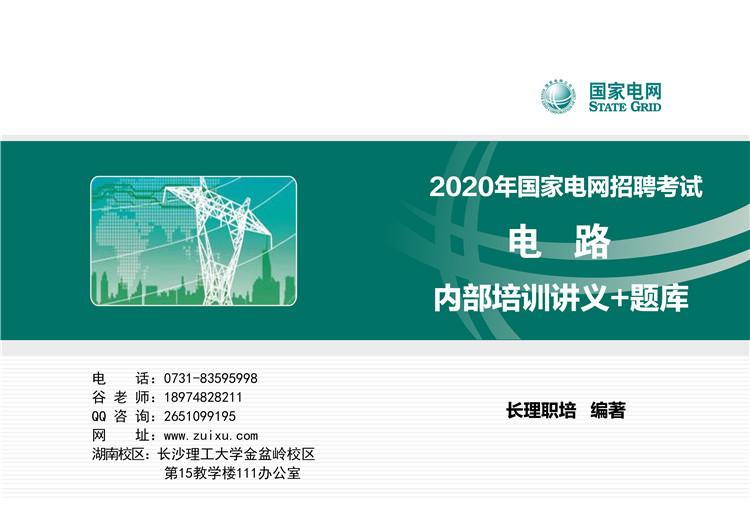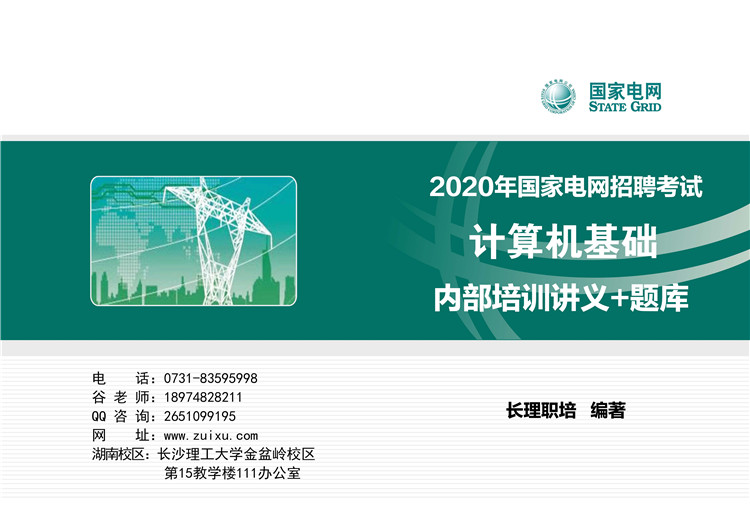当主句的谓语动词是think,believe,guess,expect,imagine,suppose等时,如果宾语从句是否定结构,通常把主句谓语动词改为否定式,而将宾语从句改为肯定式,这种现象叫做“否定转移”。
I don’t think we two have met before.
We don’t believe that he could finish his work in such a short time.
She doesn’t think it is right for John to come late to school.
三、表语从句(The Predicative Clause):通常置于主句的系动词之后,说明主句主语的情况。
My idea is that we should help her do housework every Sunday.
Is that why you had a few days off?
It is because I have never heard of the story.
四、同位语从句(The Appositive Clause):常置于某些名词之后,对其内容作解释或补充说明。如:
advice,demand,doubt,fact,hope,idea,news,order,problem,promise,question,request,suggestion,truth,wish,word等。
The news that we won the game is exciting.
There is no doubt that he is the best player in their country.
同位语从句与定语从句的区别:
同位语从句对所修饰词作补充说明,而定语从句对前面名词起限定作用;
that在同位语从句中只起引导作用,无词义,无语法成分,而在定语从句中指代所修饰词并在从句中作主语或宾语。
比较:The idea that one can do the work without thinking is wrong.(同位语从句)
The idea that you put forward at the meeting is wrong.(定语从句)
c.状语从句(Adverbial Clause)
状语从句在复合句中作状语,修饰主句中的谓语动词、副词、形容词或整个句子。根据句子的含义,它可表时间、地点、原因、目的、结果、条件、行为方式、比较、让步等。状语从句通常由一个连词引起,有时由一个起连词作用的词组引起。
一.时间状语从句
I)when,while和as
He entered the room when(while,as)the meeting was going on.
when通常指一时的动作或状态,可表示从句动作与主句动作同时发生,或先于主句动作;while常用来引导两个同时进行的持续时间较长的动作;as常用来引导两个动作紧接着发生,强调“同一时间”或“一前一后”。
When I meet the right chance,I will try my best.
While the teacher explained the text,the students listened attentively and took notes
He sang songs as he was taking a bath.
As spring warms the earth,all flowers begin to bloom.
注:when有时作并列连词意为“正在这时”、“突然”,在句末,不能位于句首。从句的谓语动词常用一般过去时,主句通常用过去进行时、过去完成时或be about to结构等。
She was about to leave when Mark arrived so she stayed a little longer.
He had been walking under the trees when an apple fell down.
Ⅱ)as soon as,hardly(scarcely,barely)…when…,no sooner…than…等引导的时间状语从句,意为“一…就…”
Jack had scarcely/hardly seen me when he left the room.
The spy had no sooner returned home than he was told to go to another country.
那个间谍一踏进国门就奉命要去他国。
注:在no sooner…than,hardly…when…引导的时间状语从句中,若把no sooner,hardly,scarcely,barely放在句首,则要用倒装结构。
No sooner had he heard the news than he fainted.
Scarcely had he entered the room when the telephone rang
I don’t think we two have met before.
We don’t believe that he could finish his work in such a short time.
She doesn’t think it is right for John to come late to school.
三、表语从句(The Predicative Clause):通常置于主句的系动词之后,说明主句主语的情况。
My idea is that we should help her do housework every Sunday.
Is that why you had a few days off?
It is because I have never heard of the story.
四、同位语从句(The Appositive Clause):常置于某些名词之后,对其内容作解释或补充说明。如:
advice,demand,doubt,fact,hope,idea,news,order,problem,promise,question,request,suggestion,truth,wish,word等。
The news that we won the game is exciting.
There is no doubt that he is the best player in their country.
同位语从句与定语从句的区别:
同位语从句对所修饰词作补充说明,而定语从句对前面名词起限定作用;
that在同位语从句中只起引导作用,无词义,无语法成分,而在定语从句中指代所修饰词并在从句中作主语或宾语。
比较:The idea that one can do the work without thinking is wrong.(同位语从句)
The idea that you put forward at the meeting is wrong.(定语从句)
c.状语从句(Adverbial Clause)
状语从句在复合句中作状语,修饰主句中的谓语动词、副词、形容词或整个句子。根据句子的含义,它可表时间、地点、原因、目的、结果、条件、行为方式、比较、让步等。状语从句通常由一个连词引起,有时由一个起连词作用的词组引起。
一.时间状语从句
I)when,while和as
He entered the room when(while,as)the meeting was going on.
when通常指一时的动作或状态,可表示从句动作与主句动作同时发生,或先于主句动作;while常用来引导两个同时进行的持续时间较长的动作;as常用来引导两个动作紧接着发生,强调“同一时间”或“一前一后”。
When I meet the right chance,I will try my best.
While the teacher explained the text,the students listened attentively and took notes
He sang songs as he was taking a bath.
As spring warms the earth,all flowers begin to bloom.
注:when有时作并列连词意为“正在这时”、“突然”,在句末,不能位于句首。从句的谓语动词常用一般过去时,主句通常用过去进行时、过去完成时或be about to结构等。
She was about to leave when Mark arrived so she stayed a little longer.
He had been walking under the trees when an apple fell down.
Ⅱ)as soon as,hardly(scarcely,barely)…when…,no sooner…than…等引导的时间状语从句,意为“一…就…”
Jack had scarcely/hardly seen me when he left the room.
The spy had no sooner returned home than he was told to go to another country.
那个间谍一踏进国门就奉命要去他国。
注:在no sooner…than,hardly…when…引导的时间状语从句中,若把no sooner,hardly,scarcely,barely放在句首,则要用倒装结构。
No sooner had he heard the news than he fainted.
Scarcely had he entered the room when the telephone rang
编辑推荐:
下载Word文档

温馨提示:因考试政策、内容不断变化与调整,长理培训网站提供的以上信息仅供参考,如有异议,请考生以权威部门公布的内容为准! (责任编辑:长理培训)






















点击加载更多评论>>